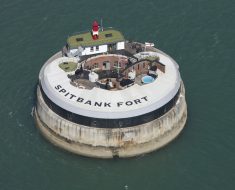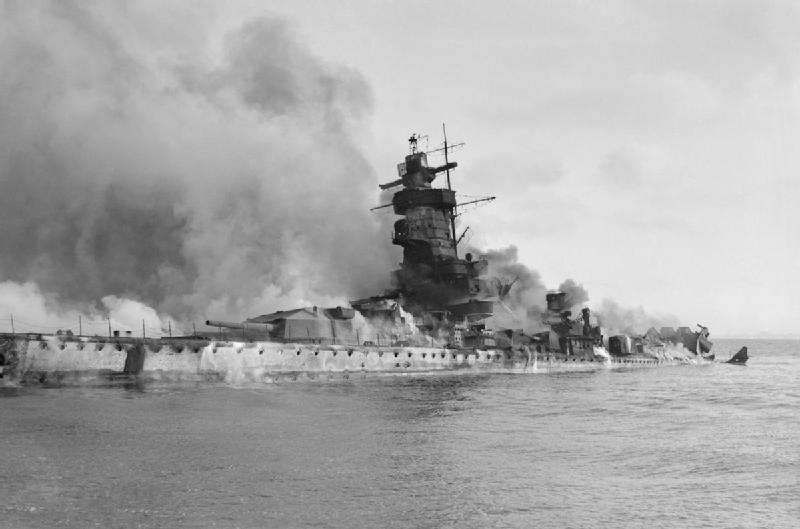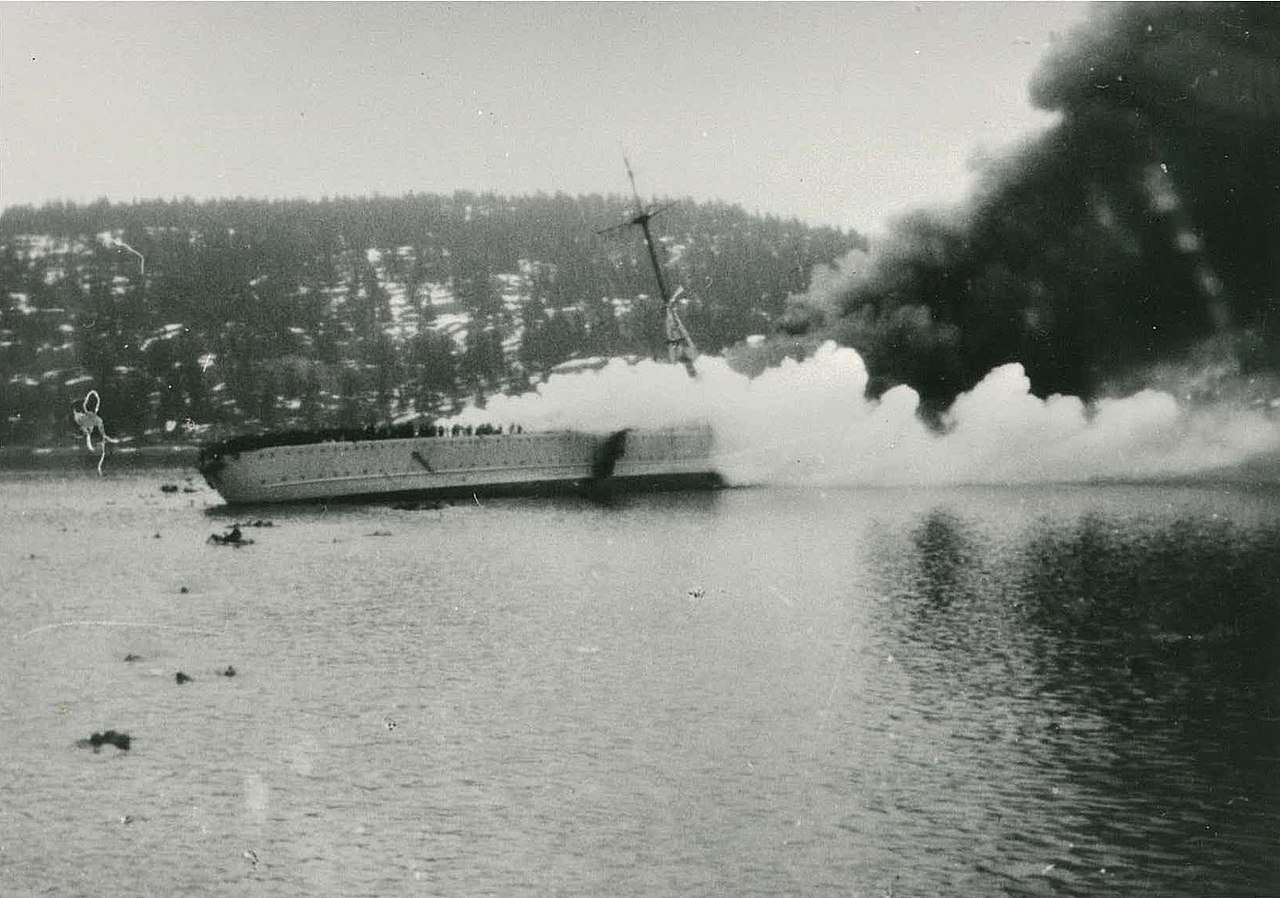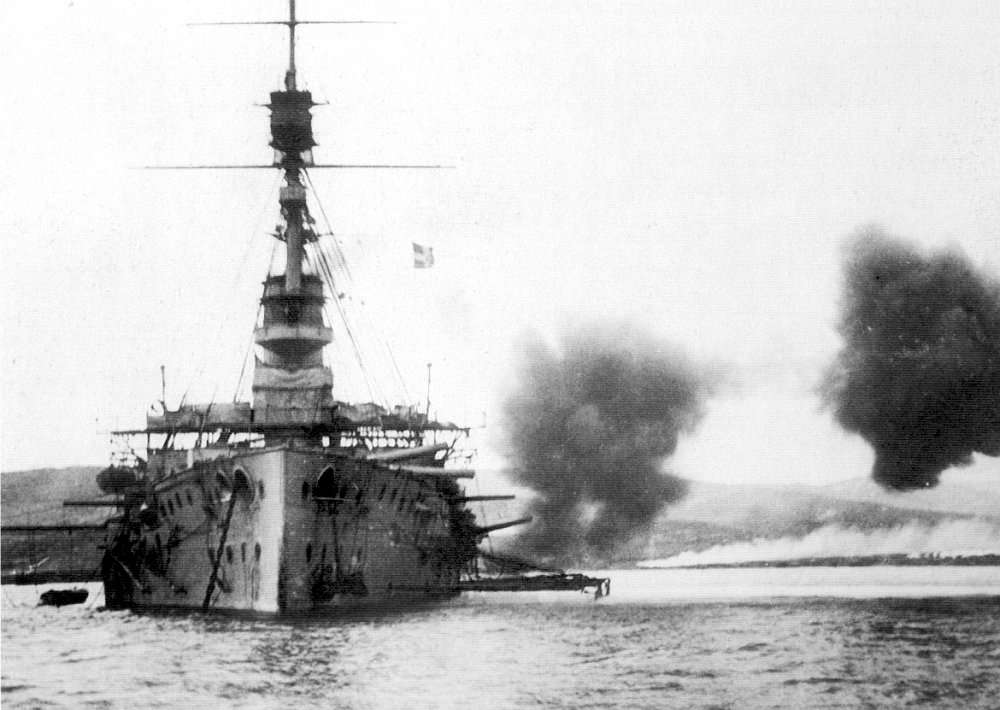HMS King George V, a leading British battleship of World War II, was renowned for its advanced design, formidable firepower, and significant role in pivotal naval engagements, most notably the pursuit and sinking of the German battleship Bismarck.
As part of the King George V-class, she represented the technological pinnacle of battleship development during the early 20th century, featuring innovations in armor, weaponry, and radar systems.
After the war, reflecting the shift in naval warfare to air power and the decline of battleships, HMS King George V was decommissioned and ultimately scrapped in 1950, marking the end of an era in naval history.
Contents
- Construction
- Design Of HMS King George V
- Operational History
- Legacy Of HMS King George V
Construction
The design of HMS King George V was heavily influenced by the Washington Naval Treaty of 1922 and the London Naval Treaty of 1930. These international agreements were aimed at preventing a naval arms race by limiting the size and armament of capital ships. For HMS King George V, this meant specific constraints: she could not exceed 35,000 tons in displacement and her main guns could not be larger than 14 inches in caliber. These restrictions were significant considering the escalating designs of potential adversaries.
Read More Germany Built A Weather Station In Canada During WWII
The construction of HMS King George V began in 1936 at the Walker Naval Yard of Vickers-Armstrong in Newcastle upon Tyne. The building process was a remarkable feat of engineering and logistics, especially considering the stringent treaty limitations and the evolving nature of naval warfare. The shipyard workers and engineers faced numerous challenges, from sourcing and handling vast quantities of materials to implementing cutting-edge technologies.

During her construction, there were adjustments made in response to the international situation, particularly the rearmament of Germany. The escalation of tensions across Europe and the evolving threat perceptions necessitated modifications to her anti-aircraft armaments and radar systems, even as her keel was being laid and her superstructure was taking shape.
Launched on February 1, 1939, HMS King George V’s entry into the water was a significant event, attended by King George VI and Queen Elizabeth. After her launch, she underwent rigorous sea trials to test her capabilities, fine-tune her systems, and ready her for operational service. These trials were crucial, not just for HMS King George V, but for the Royal Navy in understanding the capabilities and limitations of this new class of battleships.
Design Of HMS King George V
One of the most significant technological features of HMS King George V was her propulsion system. The ship was powered by Parsons geared steam turbines, which drove four propeller shafts. These turbines were fed by eight Admiralty 3-drum boilers. The choice of this machinery was due to its proven efficiency and reliability. This setup enabled the battleship to achieve speeds of up to 28 knots, an impressive feat for a vessel weighing over 35,000 tons. This high speed was crucial for both engaging the enemy and evading threats, particularly from faster enemy cruisers and destroyers.
The main armament of HMS King George V consisted of ten 14-inch Mk VII guns, arranged in a unique configuration – one quadruple turret and two triple turrets. This setup was a direct consequence of treaty limitations but also an innovative approach to maximize firepower. These guns had a range of over 20 miles and were capable of firing a broadside weighing 7,000 kg, making HMS King George V a formidable opponent in naval engagements.
Read More U-864 – The U-Boat That Was Sunk With A Deadly Cargo
Additionally, the ship was equipped with sixteen 5.25-inch dual-purpose guns, capable of engaging both surface and air targets. This secondary armament was essential in the increasingly aircraft-centric warfare of World War II. The anti-aircraft arsenal also included smaller guns and machine guns, designed to protect the ship against closer-range air attacks.

HMS King George V featured extensive armor protection, a critical aspect given the destructive power of contemporary naval weapons. The main belt, made of Krupp cemented armor, was designed to resist hits from enemy shells. The deck armor was also substantial, offering protection against aerial bombardment and plunging fire. The ship’s design also incorporated underwater protection systems to mitigate the threat of torpedoes and under-water explosions, which were significant risks in naval combat.
The incorporation of radar technology was a significant aspect of HMS King George V’s design. The ship was equipped with Type 279 early-warning radar, which significantly enhanced her capabilities in detecting enemy ships and aircraft at long ranges. This technological edge was crucial in the North Atlantic and Pacific theaters, where engagements often occurred over vast distances.
The ship’s fire-control system was another area of technological sophistication. It included high-capacity rangefinders and analog computing systems to calculate firing solutions for the ship’s guns. These systems were critical in enabling accurate and effective gunnery, a key factor in naval engagements of the era.
Operational History
The operational history of HMS King George V spans the most critical years of the Second World War, during which she played a significant role in several key naval engagements.
- The Pursuit of the Bismarck
Arguably the most famous episode in HMS King George V’s service was the pursuit and eventual sinking of the German battleship Bismarck in May 1941. This operation was a response to the Bismarck’s attempt to break into the Atlantic to attack Allied shipping. HMS King George V, as part of a task force, was pivotal in this operation.
During the engagement, HMS King George V engaged Bismarck with her main battery, contributing significantly to the damage that ultimately led to the German battleship’s sinking. This engagement was not only a technical challenge, testing the capabilities of HMS King George V and her crew, but also a crucial strategic victory. The sinking of Bismarck relieved the immediate threat to the vital trans-Atlantic shipping lanes and was a major morale booster for the British public and Allied forces.

- Mediterranean Operations
In the Mediterranean, HMS King George V played a role in several operations. Her presence was crucial in projecting British naval power and in supporting Allied operations in the region, including the supply of the besieged island of Malta. Malta, being a strategic stronghold in the Mediterranean, required constant support, and HMS King George V’s role in escorting convoys and deterring Italian and German naval forces was significant.
Read More Operation Pedestal – The Mission To Save Malta
- The Pacific Theater
Later in the war, HMS King George V was redeployed to the Pacific Theater as part of the British Pacific Fleet. This shift was indicative of the changing nature of the global conflict and the need for the Royal Navy to project power in Asia against Japanese forces. In the Pacific, she participated in several operations, including strikes against Japanese installations and supporting American-led operations.
The deployment of HMS King George V to the Pacific was also symbolic of the collaboration among Allied forces. Working in conjunction with the United States Navy and other Allied navies, HMS King George V played a role in the series of operations that pushed back the Japanese advances, contributing to the eventual Allied victory in the Pacific.
- Post-War Activities
After the end of World War II, HMS King George V continued to serve in the Royal Navy. However, the post-war period saw a shift in naval strategy and technology, with an increasing emphasis on air power and the development of new naval platforms, such as aircraft carriers. As a result, the role of battleships like HMS King George V became less central.
Legacy Of King George V
After World War II, the role and significance of battleships like HMS King George V began to change rapidly due to the evolution of naval warfare. The advent of air power, particularly the emergence of aircraft carriers as the dominant naval platform, led to battleships becoming increasingly obsolete in post-war naval strategy.
Read More USS Barb – The Submarine That Destroyed a Train
HMS King George V continued to serve in the Royal Navy in the immediate post-war years, but like many battleships of her era, her operational importance diminished. She was involved in various training exercises and fleet reviews, serving more as a symbol of naval power and as a training ship rather than as a front-line combat vessel.
However, the costly maintenance and operational expenses associated with large battleships, combined with their decreasing strategic relevance, made their continued operation unsustainable. By the late 1940s and early 1950s, many of the great battleships of World War II were being decommissioned and removed from active service.
HMS King George V was placed in reserve in the late 1940s. After a few years in this status, the decision was made to scrap her. This fate was common for the majority of battleships post-World War II, as naval priorities had shifted, and the cost of maintaining such ships was no longer justified.
In January 1950, HMS King George V was sold for scrap, and her dismantling began later that year. The scrapping process marked the end of the vessel that had once been a symbol of British naval power and technological achievement. The decision to scrap HMS King George V and her sister ships signified the end of an era for the Royal Navy and the world’s battleships in general.







